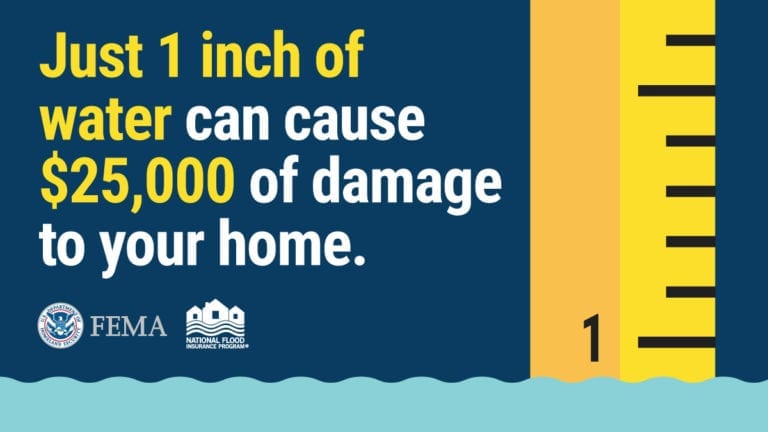Long Island Village goes bold with a 4-foot Freeboard Standard
(Photo above: One of Freeport’s streets after Hurricane Sandy.
Photo courtesy of Village of Freeport, Long Island, N.Y.)
A little village in Long Island decided to go big, or go down with the storm surge.
In March, the New York State Code Council unanimously approved Freeport’s request for a 4-foot freeboard building standard.
Freeport, New York’s second largest village with 55,000 residents in a 4.5-square-mile area, was hard hit by Hurricane Sandy.
Joe Madigan, the village’s superintendent of buildings and floodplain manager, said about 3,000 homes suffered damages in the $80 million range, 135 homes were red-tagged, boats 40- and 50-feet-long were strewn on streets, 13,000 tons of debris have been removed so far, and there were a lot of foundation collapses.
Madigan said Sandy flood elevations exceeded FEMA flood maps of 2009, going approximately 250 feet beyond the boundary. The lifelong Freeport resident said the village is no stranger to flooding; however, the frequency and increases due to sea level rise are definitely being felt.
“During Hurricane Irene, I had 14 inches of water in my house,” he said. “During Sandy, I had 4 feet. I don’t have a good feeling about where this is going.”
Moving to a 4-foot freeboard building standard was borne out of several factors, not just sea level rise, Madigan said. Probably the biggest driving force was BW-12 and the increasing costs of flood insurance.
“That had the most significant impact on our decision,” he said. “One guy on the bay said he received an estimate that flood insurance was going to cost $23,000 annually. Doing this will make for a more viable community and people will be able to sell their houses.”
Madigan said if Freeport citizens have any hope of selling their houses in the future, they will have to elevate as a way of keeping those insurance costs down. And thanks in part to New York Rising, a state led program funded by the Sandy Relief Act, Freeport residents and businesses are getting a lift.
One architect told Madigan he expects to turn in at least 80 elevation applications to the Freeport building office this year.
So, has the building department gotten any pushback from the citizens or business community about the 4-foot of freeboard?
“There were no objections whatsoever,” he said. Residents know elevating is going to help the community in the long run, and business owners, who used to have to close their doors every time it floods, are grateful to keep their businesses open more.
Freeport did have a 35 foot maximum height restriction for new construction, which could have affected how high properties could be elevated. But Madigan said, “With mitigated property, we eliminated that restriction.”
Madigan said Freeport has always been pro-mitigation, which is why it became a CRS community in 1993, long before Sandy came crashing through.
“To work for the village, you have to be a resident,” he said, meaning that every village official is dealing with the same issues and concerns that citizens are.
Bill Nechamen, ASFPM’s board chair and chief of the Floodplain Management Section, New York State Department of Environmental Conservation, said he hasn’t heard of any other community in the state with such a high freeboard standard, but it makes sense to build higher now so that buildings will be viable…”it’s the wave of the future.”
Nechamen said, “Freeport is a good example of a municipality that looked at the benefits of going to a higher standard. Anyone in a coastal area should look at this as a good example.”
–Story written by Michele Mihalovich, ASFPM’s public information officer


